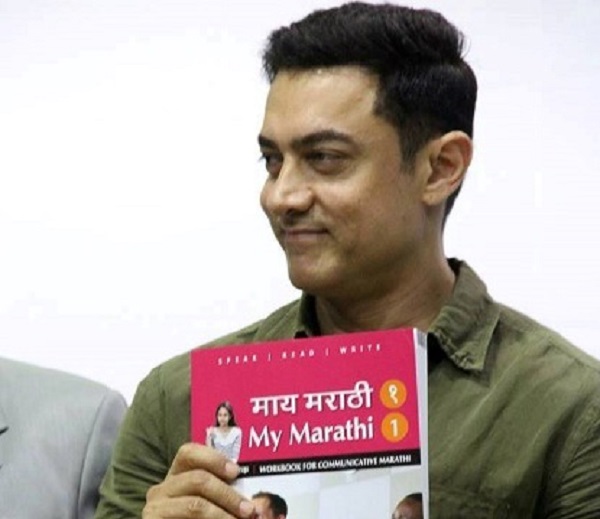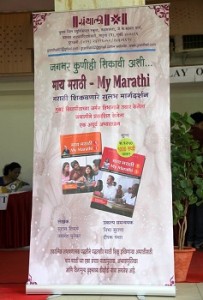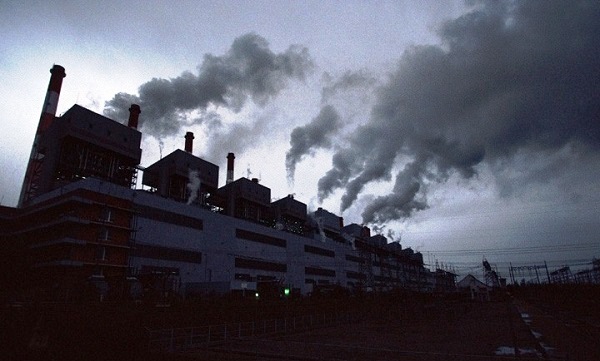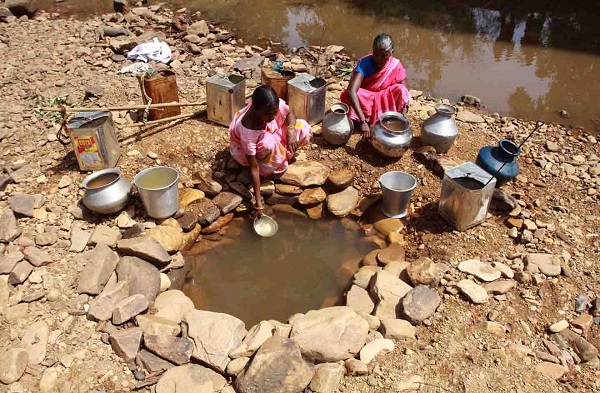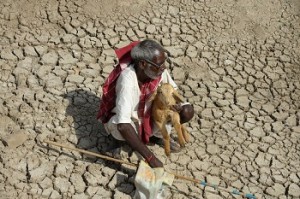Daunted about being the newbie at work? Follow these simple tips and become one with the office in no time.
by The Editors | editor@themetrognome.in
Shweta Jagdale’s first job was as an intern in a newspaper office in Mumbai. “I was still in college, and I was very intimidated by all the senior journalists who did such important work for the newspaper. I was the only intern in the department, and apart from assigning me work, nobody would speak to me at all,” she remembers.
Then she decided to reach out. “I realised that I was new there, and they didn’t need to speak with me, I needed to speak with them. So I started by offering to share my lunch with the girl who sat nearest to me – once the ice was broken and she started taking an interest in me, slowly the others also followed suit.”
Shweta was immensely touched when, on the last day of her internship, the entire department gave her a farewell party. “It was unheard of to have a party for an intern, but they all grew very fond of me. I had broken the ice with them without sucking up or trying to appear more intelligent than I was – I worked hard, asked for work in my free time, ran errands for them in office. Today, I am still in touch with most of them,” she says.
Not everyone knows how to forge healthy working relationships at work, however. Says Sandhya Warick, HR professional with a management consultancy firm in Mumbai, “Most new employees are shy and awkward. While this is understandable, they must have enough self-confidence to introduce themselves to their colleagues and try and forge a working relationship.”
These are a few tips for a newbie at the workplace:
Be presentable. Dress smartly, keeping in tone with the overall dress code of the office. There is no need to be dowdy or plain, but wait before you bring out the miniskirts or cut-off jeans. “The first impression is the most crucial one. Your clothes, hair, shoes, bag must all be presentable,” says Sandhya. “The first few days of the job are spent in meeting with department heads and senior colleagues, so you must be well groomed at all times.”
 Wait to be assigned a work station. Most offices scramble to get a work station ready after the new joinee has already entered the building. However, if a work station is being readied for you, politely ask the department in-charge for a temporary place to sit. Do not express annoyance if a permanent seating arrangement is not worked out for days. You are the new person there, so throwing your weight about, even if justified, will be seen in a poor light.
Wait to be assigned a work station. Most offices scramble to get a work station ready after the new joinee has already entered the building. However, if a work station is being readied for you, politely ask the department in-charge for a temporary place to sit. Do not express annoyance if a permanent seating arrangement is not worked out for days. You are the new person there, so throwing your weight about, even if justified, will be seen in a poor light.
Keep your desk clean. We are allowed to be messy at home, but it is just bad manners to be messy at work. A new joinee’s workstation is expected to be tidy at all times. You will have to give it a fair bit of time before you ‘claim’ your space with photographs and cheerful posters and unwashed coffee mugs. Especially since most of us share a desk with colleagues, we should be very careful to see that our stuff does not inconvenience others. Be sure to clear your desk before you leave.
Don’t keep your eyes on the clock all the time. The entire office will surreptitiously watch to see what time you start packing up to go home. “It is an unwritten rule that the newest person waits for a few minutes after the last person to head home, at least for the first few days. Once the office becomes familiar with you, you can start leaving with the rest of them,” Sandhya advises. However, it is a good idea to finish the day’s work before leaving. Just because others in the office can afford to put off work, it doesn’t mean you can.
Understand your work from the right people. Your key responsibilities, the chain of command you have to follow, who you must report to and who should report to you – you will have to understand these as soon as possible. This will ensure that you follow the office’s rules and don’t inadvertently step on any toes. Also, any mistakes you make will reflect poorly on you, though your seniors might be a bit lenient in the beginning.
Don’t gabble. In a bid to be friendly and gloss over their nervousness, some new joinees talk endlessly with their colleagues and try to get themselves included in conversations. This is a strict no-no. You should ideally listen more in the first few days of work and never venture an opinion unless asked to do so.
Make friends without being pushy. Nobody can survive for long if forced to work alone, but take your time before you attach yourself to the nearest group. Be friendly and willing to chat with colleagues, but don’t hint that you would like them to invite you for lunch or shopping dates. “At the magazine where I worked, all the girls already had their own groups, so it was tough for me to be included,” says Monica Kakkar, stylist. “For the first month, I ate alone in the canteen.”
Wait to be invited. Don’t come across as desperate for companionship, and don’t invite yourself into a group. “Always wait to be invited, and when the invitation comes, accept graciously and without surprise,” says Sandhya.
Don’t join in the gossip. So your colleagues are gossiping about the boss, and you want to join in – but don’t. It is very tacky for a new person to join in or contribute to gossip.  Be sure to make friends in the office and hang out with people you can trust before you start gossiping.
Be sure to make friends in the office and hang out with people you can trust before you start gossiping.
Be sincere but not a doormat. It is a normal tendency for senior colleagues to dump a lot of work on the new joinee, because they know that he or she is too new and inexperienced to protest. Do the work maybe once or twice, but if you see a pattern emerging, politely refuse to take on work that is either not your responsibility or something that can be done later or not at all. This will set a boundary in the early days of your work with the company. Never take on work just to please your colleagues or to create a good impression with the boss.
(Pictures courtesy careerrocketeer.com, www.managingamericans.com, www.telegraph.co.uk)

